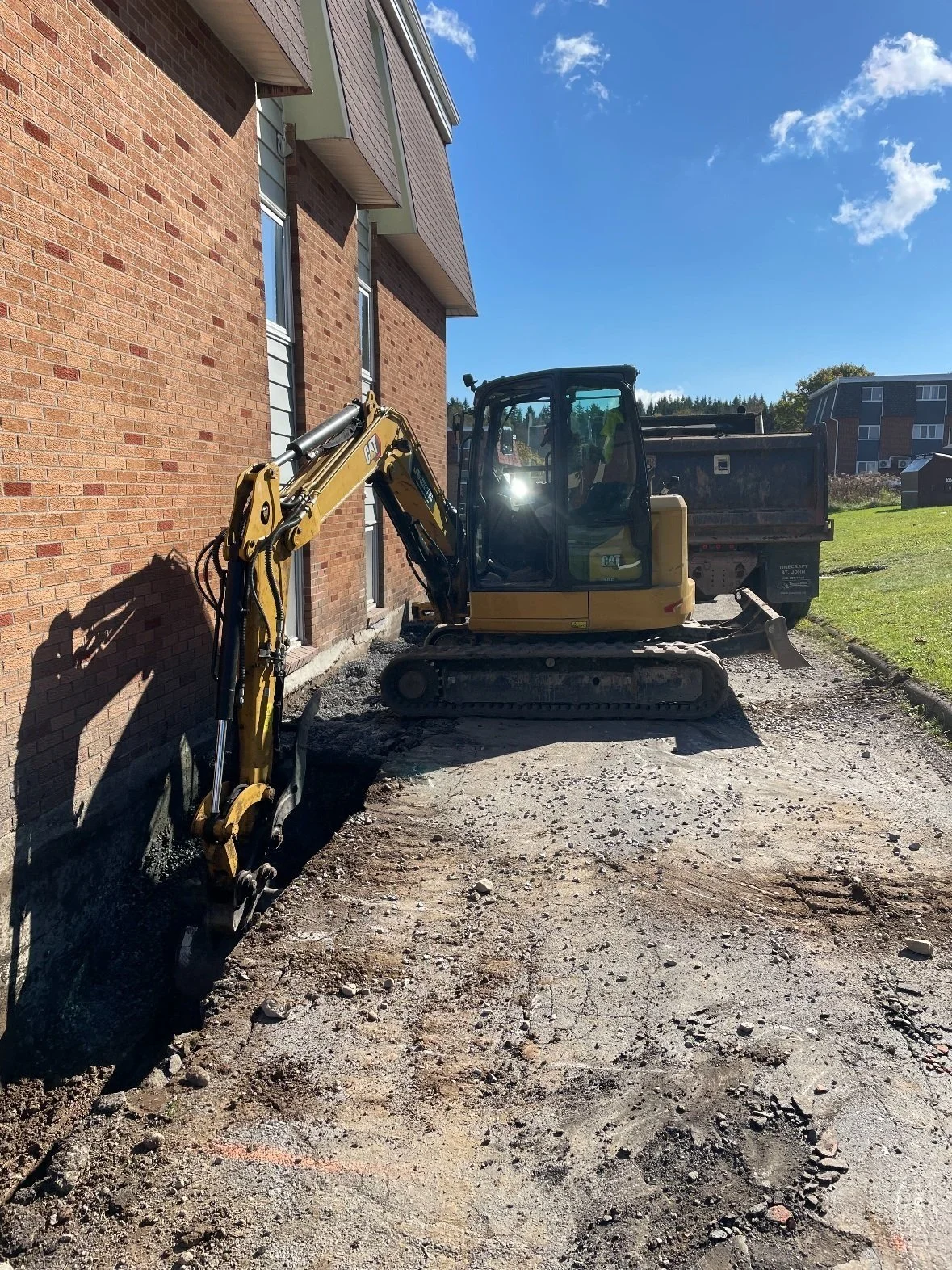The Ultimate Guide to Drain Tile: Excavation Solutions for Effective Water Management
Water is an indispensable resource, but when it accumulates around your home or commercial building, it can become a major concern. This is where drain tiles come into play. As an excavation company, we have in-depth knowledge of how to integrate these systems into your property for optimal water management.
What is a Drain Tile System?
A drain tile, despite its name, isn't actually a tile. It's a perforated pipe buried underground to redirect excess water away from structures. It plays a vital role in preventing water buildup around foundations, protecting them from potential damage.
Why Should You Consider Drain Tile Installation?
Basement Water Prevention: One of the most significant benefits of a drain tile system is its ability to keep basements dry. Excess water can lead to mold growth and structural damage if not addressed.
Soil Erosion Control: With effective water redirection, drain tiles prevent soil erosion, safeguarding your landscape and the structural integrity of any buildings on the property.
Foundation Protection: Continuous water exposure can weaken the foundation of buildings. By diverting this water, drain tiles play a preventive role in potential foundation repairs.
Residential vs. Commercial Drain Tile Systems
Both residential and commercial properties can benefit from drain tile systems, but the installation approach might vary based on scale and specific requirements. Residential systems often focus on basement water prevention, while commercial systems might emphasize large-scale water management and erosion control.
The Excavation Process
Installing a drain tile is no DIY task; it requires expertise, particularly in excavation. The process involves:
An excavator operates meticulously alongside a house. The machinery's precision ensures the house remains undisturbed, highlighting the delicate balance between heavy-duty work and the safeguarding of residential structures.
Determining the proper drain tile depth, which is crucial to ensure the system's effectiveness.
Choosing between different systems, like a French drain vs. drain tile, based on the property's unique needs.
Integrating the system with other water management solutions, such as sump pumps, to optimize water redirection.
Maintaining Your Drain Tile System
Like any other system, drain tiles require regular maintenance to remain effective. Over time, they can become clogged with debris or suffer minor damages. Regular checks, especially during heavy rainfall seasons, can help in early identification and rectification of any issues.
Conclusion
Water management is crucial for both the aesthetic appeal and the structural integrity of any property. With the right excavation expertise, a drain tile system can provide an efficient solution to potential water-related challenges. Whether you're looking to protect your basement, manage large-scale water redirection, or prevent soil erosion, drain tiles could be the answer.
If you're considering adding a drain tile system to your property or need more information on the topic, get in touch with our excavation experts today!

